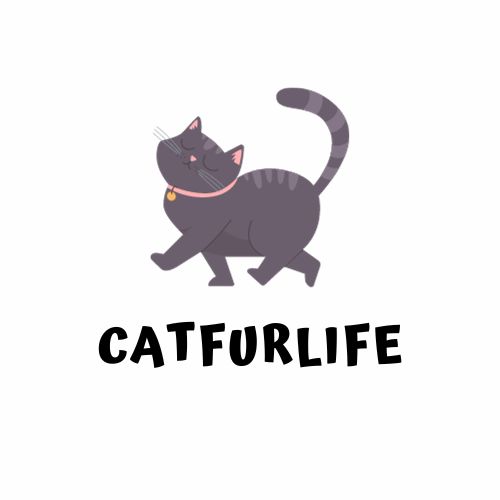Determining the gender of a cat through facial features can be a fascinating yet challenging task for many pet owners and cat enthusiasts.
While the most accurate methods to identify a cat’s gender involve close inspection of their physical anatomy, subtle differences in facial characteristics can offer clues to the trained eye.
In this article, we will explore the world of feline facial distinctions, exploring the slight differences that may hint at whether a cat is male or female.
We’ll provide quick visual identification tips that can be a preliminary guide when observing a cat’s face. From the structure of the cheeks and jawline to the shape and size of the head, we’ll discuss how these features vary between genders and what to look for during your assessment.
Identifying Gender by Physical Traits
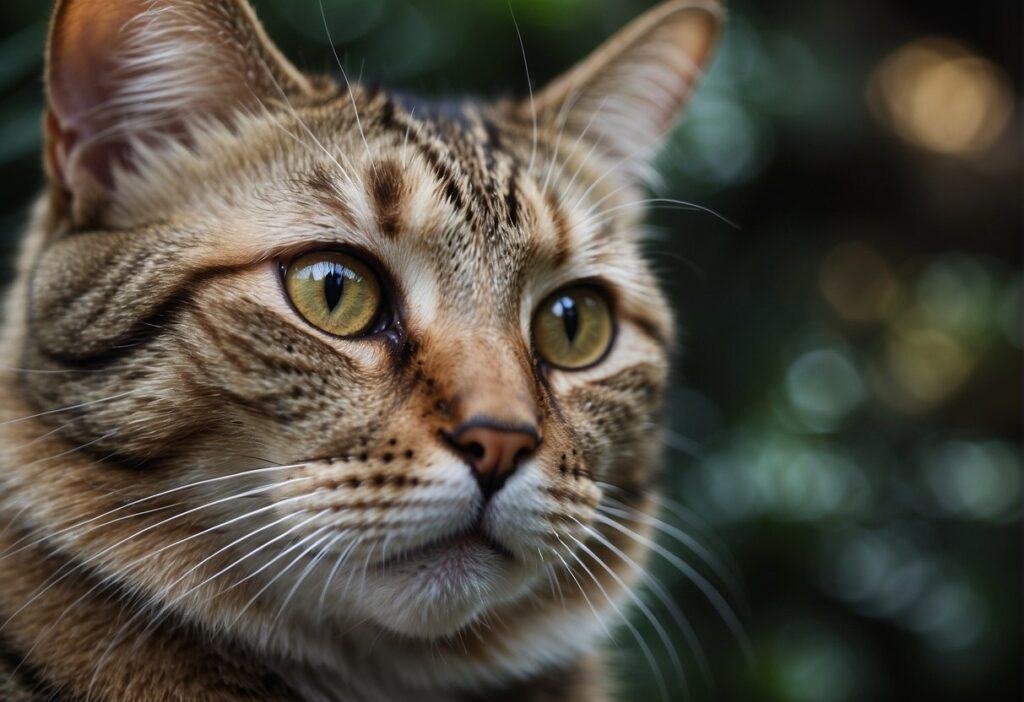
You can distinguish a cat’s gender based on certain physical traits such as facial features, body size, and structure.
Facial Features Differentiation
Male cats, especially those that are intact, typically have more pronounced facial features. Intact males often develop big cheeks due to larger jowl muscles.
This gives them a rounder face and more prominent whisker pads. Adult male cats may exhibit these physical differences more distinctly than their female counterparts.
Body Size and Structure
Generally, adult males tend to be larger and have a more muscular build compared to adult females. The size difference is a valuable indicator, although it varies among breeds.
Intact male cats may display a more robust body structure, whereas adult females are usually finer-boned and smaller.
Genital Area Inspection
Inspecting the reproductive system is a definitive method for determining a cat’s gender. A male cat’s genital opening is spaced further from the anus than that of a female, and it is typically rounded.
In contrast, an intact female cat’s genital opening is positioned closer to the anus and has a vertical slit. This physical trait is present in both kittens and adults, making it a reliable way to identify gender.
Behavioral Indicators of Cat Gender
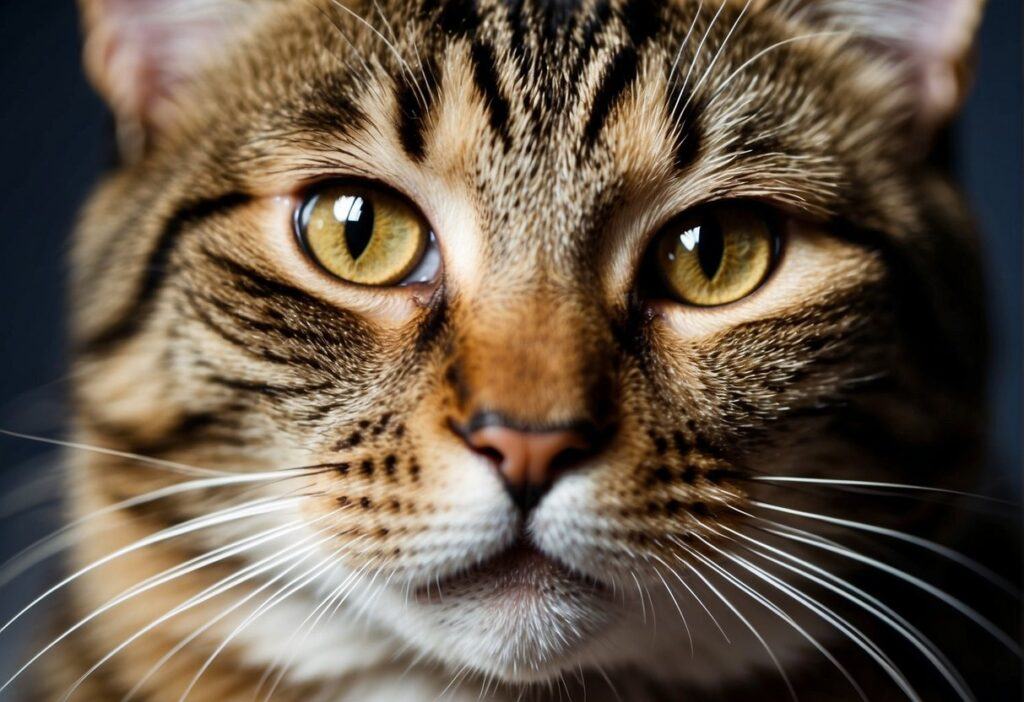
Male and female cats often exhibit distinctive behavioral patterns useful in gender determination. These behavioral differences are particularly evident in unneutered or unspayed cats.
Territorial and Aggressive Actions
Males:
- Urine Marking: More likely to spray urine to mark their territory.
- Aggressiveness: Tend to display more overt aggression and territorial disputes.
Females:
- Territorial Behavior: Less likely to spray, though still territorial.
- Aggression Levels: Generally less aggressive than males, except when protecting offspring.
Social and Play Behavior
Males:
- Social Interactions: Young males may be more playful and boisterous.
- Bonding: Can form strong bonds but may be more independent.
Females:
- Social Behavior: Often more cautious and may take longer to warm up to new interactions.
- Strong Bonds: Typically develop strong bonds with their litter and can be very nurturing.
- Male Cats: Predominantly orange, requiring one X chromosome with the orange gene.
- Female Cats: Must have two X chromosomes with the orange gene to be orange.
Cat Color and Gender Correlation
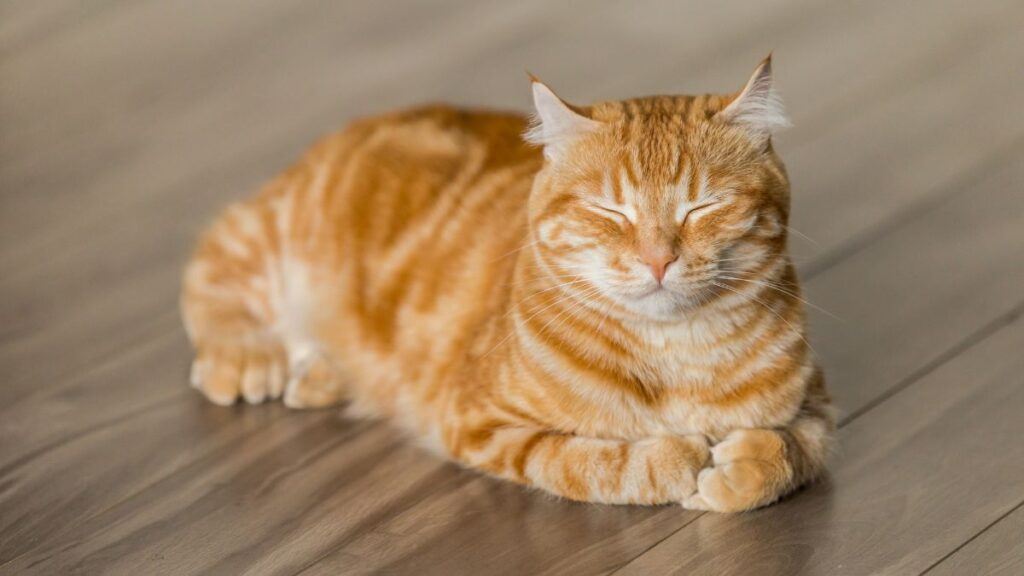
The color of a cat’s coat can sometimes be linked to its gender due to genetic factors. Understanding these connections helps determine the sex of a cat based on their fur patterns.
Calico and Tortoiseshell Cats
Most Calico and Tortoiseshell cats are female due to unique genetic coding. These colors require two X chromosomes, meaning males are rare and typically sterile when exhibiting such traits.
Specifically, the distinctive patches of orange, black, and white in Calico cats and the mottled combination of orange and black in Tortoiseshells are almost exclusively found in female cats.
Orange Cats Dichotomy
Regarding the orange color in cats, a noticeable dichotomy exists. Male cats are more likely to be orange because they require only one gene for the orange color found on the X chromosome.
In contrast, a female cat must inherit two copies of the gene, one from each parent, to exhibit an orange coat. Consequently, a larger proportion of orange cats are male.
- Male Cats: Predominantly orange, requiring one X chromosome with the orange gene.
- Female Cats: Must have two X chromosomes with the orange gene to be orange.
Age-Related Gender Distinctions
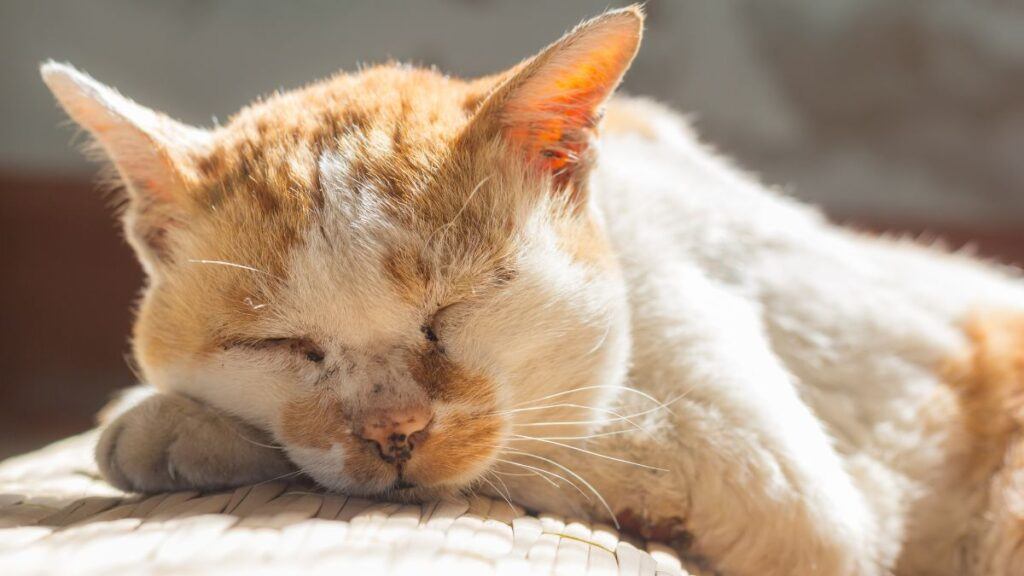
Determining the gender of a cat by examining its face can become more prominent with age due to physical changes, particularly around the time they reach sexual maturity.
Kittens vs Adult Cats
Very young kittens, especially those under a few weeks of age, may not exhibit clear facial characteristics that indicate gender.
Both male and female kittens have similar facial features, making it difficult to distinguish between them based on face alone.
More visible differences can appear as they grow into adult cats, typically around six months of age.
Sexual Maturity and Physical Changes
When cats reach sexual maturity, the physical differences between male and female cats can become more evident.
Male cats may develop broader, more prominent cheeks and a larger, square jaw, often after six months of age.
These main differences are due to the hormone surge influencing physical development as they mature.
Related: Male vs Female Cats: Unraveling the Secrets of Their Unique Behaviors
Dealing With Gender-Specific Health Issues
Understanding gender-specific health issues in cats is essential for their well-being, as intact males and females face different risks and may require unique care.
Risks in Intact Males and Females
Intact Male Cats: They are prone to certain behaviors and health conditions. They often roam searching for mates, increasing their risk of injuries and transmitting diseases.
They can develop urinary obstructions due to a smaller urethra, which can be life-threatening.
Intact Females: They are at risk of unwanted pregnancies, which can result in health complications. Intact females also have a higher likelihood of developing mammary cancer and are susceptible to urinary tract infections.
Preventative Measures and Diets
Special Urinary Diet: Both genders can benefit from a diet that supports urinary health.
This diet can help prevent urinary tract issues by controlling the mineral content and pH levels, which is particularly beneficial for male cats.
Health Maintenance: Regular veterinary check-ups can detect early signs of gender-specific health conditions, such as mammary tumors in females or urinary issues in males.
Spaying or neutering is the most effective measure to prevent unwanted pregnancies in females and mitigate the risk of certain diseases.
The procedure can reduce the likelihood of males developing urinary obstructions and females contracting mammary cancer.
Introducing Cory Haasnoot, a devoted father, loving husband, and enthusiastic cat lover. As a key content creator for CatFurLife.com, Cory blends his family values and passion for felines into engaging and informative content. He brings a unique perspective to the site, sharing cat care tips and how cats can enrich family life and bring joy to households.
